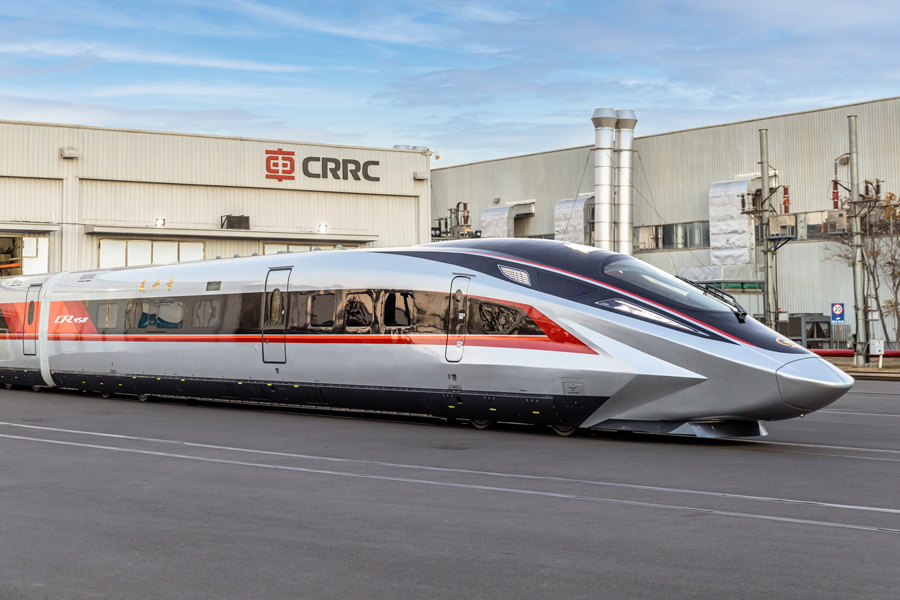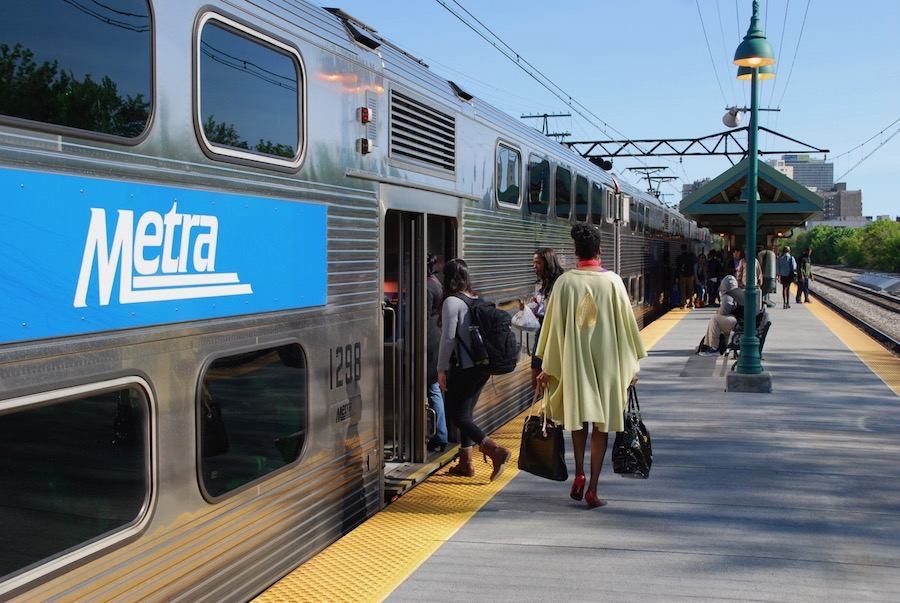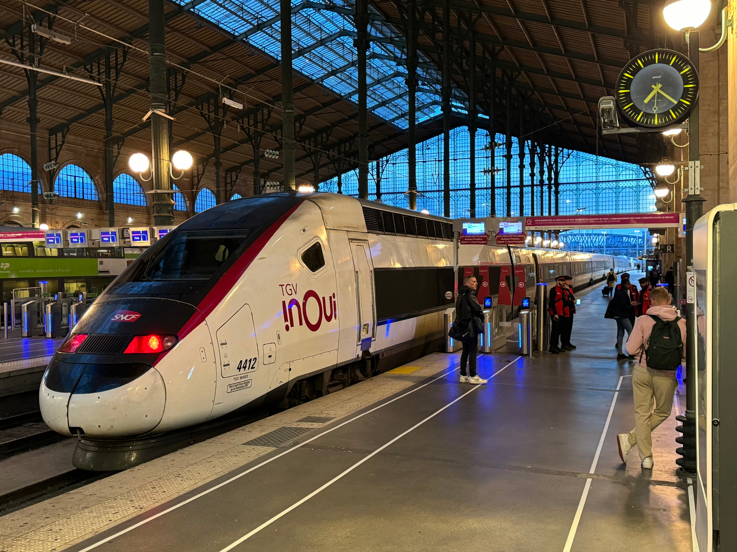Illinois Quietly Rewrote the Rules: Intercity Rail is Now Transit When the Illinois General Assembly passed its $1.5 billion transit package, it did something more profound than stabilize budgets or prevent service cuts. It fundamentally reconceived the role of...
The CR450, a Chinese train hailed as the world’s fastest bullet train, reached 281 mph, it was revealed this week, as reported by Interesting Engineering.
This isn’t a speed record, but it’s quite an accomplishment for an un-modified train that’s meant to run at 250 mph regularly when it’s in operation.
The train was running in a pre-service trial on the Shanghai-Chongqing-Chengdu high-speed railway when it was clocked at that speed. The train is expected to be placed into revenue service in 2026. Once it’s in service, it is designed to have the highest regular operating speed in the world.
For comparison, Shanghai – Chengdu is roughly the distance of Chicago – Orlando.
Get Involved
Tell Congress: It’s time to reconnect the country with high-speed and regional rail!
Meanwhile, in the United States – a country once renowned for technological innovation in heavy industries – we are still standing at the starting line, wondering whether the bang was the starter’s pistol, and asking why we can’t have what China has.
The American record for an un-modified, production trainset is 170 mph, set in 1967 on the Penn Central mainline between Trenton and New Brunswick, New Jersey. This is the section on which Amtrak Acela trains began reaching a 160-mph top speed in August. It has taken the United States 58 years to get 10 mph slower.
We are in the dust of Asia, Europe and Africa when it comes to train speed, and we will fall further behind unless we start a program of aggressively building high-speed passenger rail lines in the United States.
We believe that an excellent location to build the first genuine, world-standard high-speed passenger rail line is between Chicago and Indianapolis. Chicago is the rail hub of the Midwest, and Indianapolis, located 196 miles away, is distant enough that speed matters. Also, it’s a real destination – population 891,000 city, 2.1 million metro, the capital and commercial center of Indiana – so the train would develop a market. Intermediate stops would by Gary and Lafayette.
Service on the route now is abysmal. Amtrak runs the Cardinal with three round trips per weekbetween Chicago and New York, via Indianapolis. A train called the Hoosier State ran one round trip per day between Chicago and Indianapolis on the four days the Cardinal did not run, but it was discontinued for lack of state funding in 2019.
Speed is leisurely. Over the full route, the average is 40 mph. It’s 29 mph moving through the thicket of tracks in Chicago and Northwest Indiana, then an average of 43 mph the rest of the way.
Our target is to reach Indianapolis from Chicago in 90 minutes. The High Speed Rail Alliance commissioned a study to demonstrate feasibility. This route is detailed on pages 28-30, Sec. 2.3.
Getting there will require the construction of a new railroad, with no grade-level crossings of roads or other railroads, from McCormick Place in Chicago to Indianapolis Union Station, with most of it capable of 220 mph, or whatever speed is the high-speed standard at the time of construction.
Peter Williams of the engineering firm Quandel Consultants, speaking at a High Speed Rail Alliance luncheon in Chicago on Oct. 10, recommended using “previously disturbed corridors,” such as highway rights of way and utility transmission rights of way, to achieve quicker environmental clearance.
Chicago to Indianapolis is doable with advanced engineering, construction and equipment, as the feasibility study shows.
The cost, realistically mostly federal, would be in the billions. It won’t be worth it with three round trips per week, or even one per day. Riding the high-speed train would be fun, but we’re not advocating for an amusement park. We’re advocating for a high-speed rail service that people can use regularly, and rely on, for business and pleasure. Trains would have to run hourly, meaning 19 round trips per day, departing Indianapolis 5 a.m.-11 p.m. (Eastern Time), and departing Chicago 6 a.m.-midnight (Central Time).
If our country can achieve this, it sets up Louisville as the next destination, and then spreading from there through Nashville and Atlanta to Orlando.
If we want to catch China, and the rest of the industrial world, we better get started.
The Latest from HSRA
Our Latest Blog Posts
Check out the latest news, updates, and high speed rail insights from our blog!





